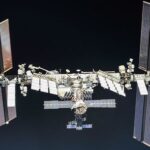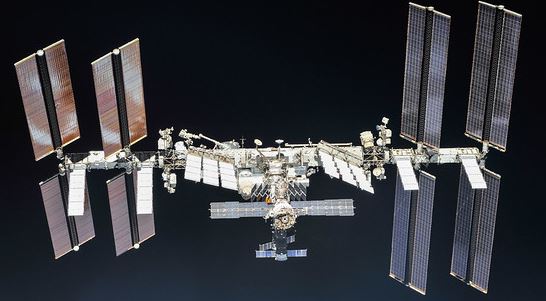Infrastructure
Human Activities in Space
2017 – ISS – Snapshot


The International Space Station (ISS) continued to be an active inhabited space laboratory during 2017. International teams of engineers, researchers, and scientists…
2016 – Space Station Satellite Deployment Log
The ISS and other space stations occasionally deploy small satellites from various launchers, or even by hand. This log monitors the number and type of small satellite deployed from the space stations each year.
2016 – Bigelow Space Stations – Snapshot
In April 2016, the Bigelow Expandable Activity Module (BEAM) was launched and attached to the International Space Station (ISS). During transport, the module was…
2016 – China Space Stations – Snapshot
China launched a new space station laboratory in the middle of September 2016, making China the only nation to have two space stations in orbit, although one appears to no longer be…
2016 – International Space Station – Snapshot
During 2016, the International Space Station (ISS) continued to be the primary inhabited space laboratory orbiting the Earth. An international contingent of scientists, engineers, and researchers used the ISS for various microgravity-based experiments.
One ISS program, NASA’s human research One-Year Mission, required astronaut…
2015 – Bigelow Space Stations – Snapshot
The Bigelow Expandable Activity Module (BEAM) was launched to the ISS in April 2016. Bigelow Aerospace contracted with NASA to develop BEAM for $17.8 million in 2013. Originally scheduled for launch to the ISS in 2015, BEAM’s ISS arrival was postponed to 2016 after one of SpaceX’s Falcon 9 space launch vehicles disintegrated during launch in June 2015.
2015 – International Space Station (ISS) – Snapshot
In 2015, the ISS was the only inhabited space station orbiting the Earth. By July 2015, an international cadre of 220 men and women had temporarily lived aboard the ISS as builders, scientists, and explorers since people first entered the station in November 2000. The crew aboard the ISS continued conducting research in a microgravity environment, as well as observing the impacts of long-term habitation in space on the human body during 2015.
2014 – China Space Stations
Observers noted that China’s Tiangong-1, the only other space station besides the ISS currently in orbit, remained in place in 2014. China was expected to de-orbit Tiangong-1 two years after it launched in September 2011. No crews were launched to the uninhabited module during 2014.
2014 – ISS
NASA spent $74.4 billion on the International Space Station (ISS) from the launch of the first Russian Zarya module in 1998 until the end of 2013. Nearly half of that amount was spent on space shuttle ISS construction and resupply flights.
2014 – Annual Space Stations Overview
While satellites are essentially a platform upon which useful equipment can be mounted, space stations are a fundamentally different kind of asset. Space stations have been envisioned as permanent or semi-permanent bases where astronauts could take advantage of the microgravity and vacuum conditions to research new manufacturing techniques. In addition, space stations were foreseen as rest, refueling, and assembly points for vessels heading beyond Earth’s orbit.